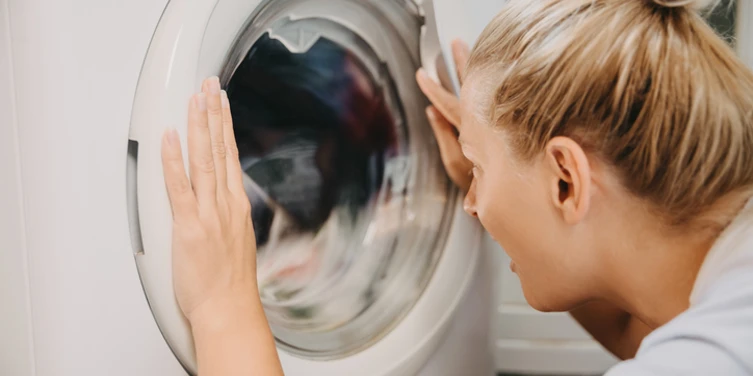Why Your Washer Won't Drain & How to Fix It
And What You Can Do to Fix a Non-Draining Washing Machine
From drain hose issues to lid switches and uneven loads, several things can impact the use of your washing machine. And even though problems with home appliances are inevitable because of how frequently they’re used, that doesn’t mean you have to spend a fortune or miss laundry day. We’ve got troubleshooting tips and DIY fixes for some of the more common problems homeowners face with washers.
Drain Hose Problem
There are a few options to investigate if you suspect the drain hose (the hose that carries water away from the machine) is the cause of water not draining. To check, first, unplug the machine and pull it away from the wall.
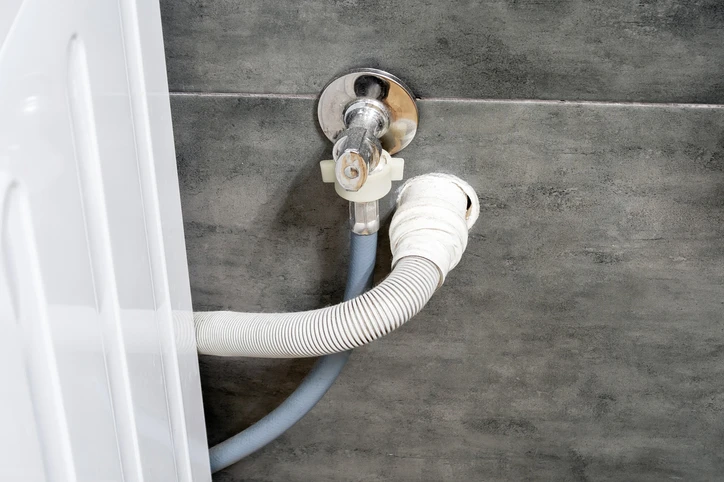
You’ll be looking for problems such as:
A kink in the hose. This would easily create a stopper in your water flow. Pull the machine away from the wall, disconnect, dry, and readjust the hose to smooth kinks.
Not enough room between the washer and the wall. This jam leads to a lack of space for water flowing through the drain. Pull the machine further away from the wall, ensuring it's in a steady position, and checking that the hose is still fully connected.
A clog in the hose. The last possibility here is that the hose has an obstruction within. First, check with a flashlight to see if you can find the blockage to remove it. If not, try disconnecting the tube and taking it outdoors to flush it with a garden hose.
The hose froze. Yikes! As your other pipes can freeze, so can your drain hose.
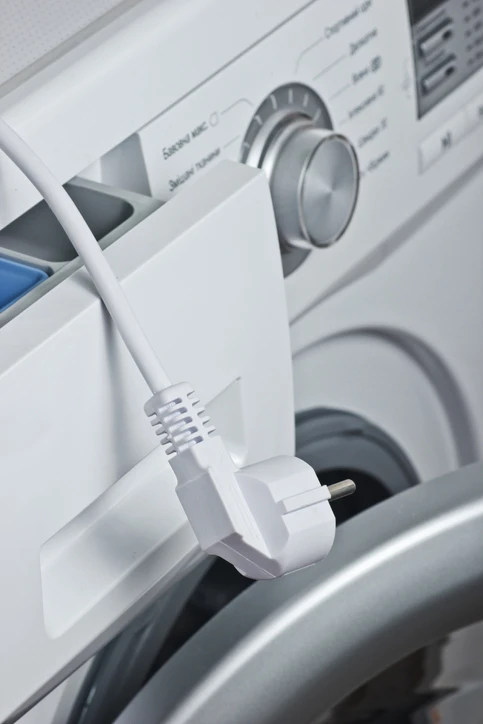
You’re Not Using a Direct Outlet
If you have your washer plugged into an extension cord, it’s using less voltage to power the machine. Eventually, this can lead to the washer overheating and being ruined, not to mention it is a dangerous electrical hazard. Always plug your washer and dryer into a wall outlet.
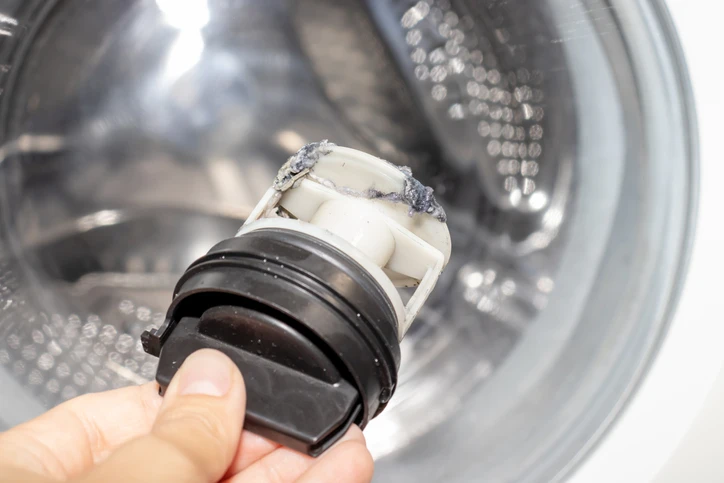
Pump Filter Block
Use a manufacturer’s diagram to locate your machine’s pump if you’re unsure where it is (if you don’t have a diagram, try searching online for the model you own).
Detach the pump and take the screen off so you can give the screen a clean. Then check the arms of the pump to see if they move smoothly or if anything is broken. You can also look in the outlet of the pump for obstructions.
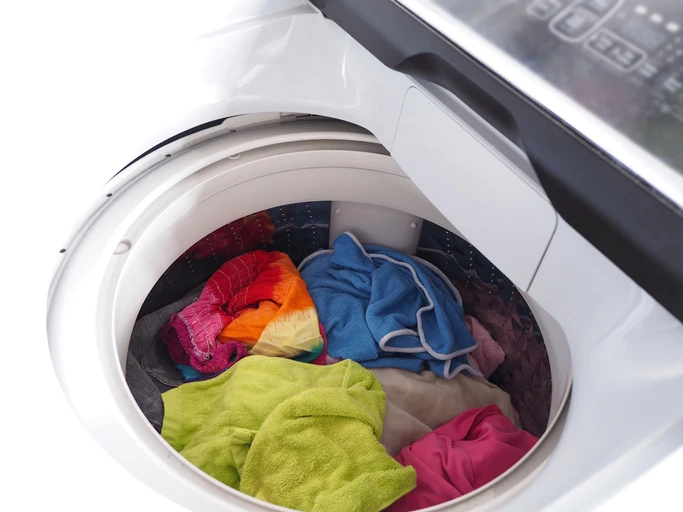
Uneven Load Distribution
If your laundry is agitating unevenly in the machine, it can cause it to shift out of balance and vibrate excessively. This can prevent the washer from fully or properly draining. To fix the situation, re-open the washer and manually move them around more evenly. You can add a few more items if necessary but don’t overstuff the machine. Check to see if the washer is level and that the feet aren’t uneven before starting it again.
Lid Switch Problem
This switch is a safety measure that ensures the washer door closes properly. The machine won’t operate with a broken switch – depending on the model you own; it may still fill with water but then not advance to the next step. A replacement lid switch will be necessary to get your laundry day back in order.
Washing Machine is Old
Even if you take the best possible care of your washing machine throughout its lifespan, eventually, you’ll need to replace it. Accounting for 7 loads of laundry a week, a standard washer should last around 14 years. If your machine has had problems in the past and you find that now the water isn’t draining, it might be time to say, ‘out with the old, and in with the new’.
Can’t Fix Your Washing Machine that Won’t Drain?
This is a good time to go find the manufacturer’s instructions on how to best load your machine, as well as the type of detergent you use (and how much). Using the wrong detergent, or an excess amount can also lead to problems down the line.
Manually Draining Washing Machines
If you need to manually drain the water, you can use gravity to your advantage. Unplug the drain hose and place it into a bucket or near a floor drain, using a clamp to control the flow of water.
Even after going through all your troubleshooting options and trying everything you can, some mysteries must be solved by the experts. They see these problems regularly and can identify the problem source case-by-case. If you find yourself in a similar situation, don’t hesitate to call to speak with a Memphis washing machine repair expert.
 Click to call
Click to call

